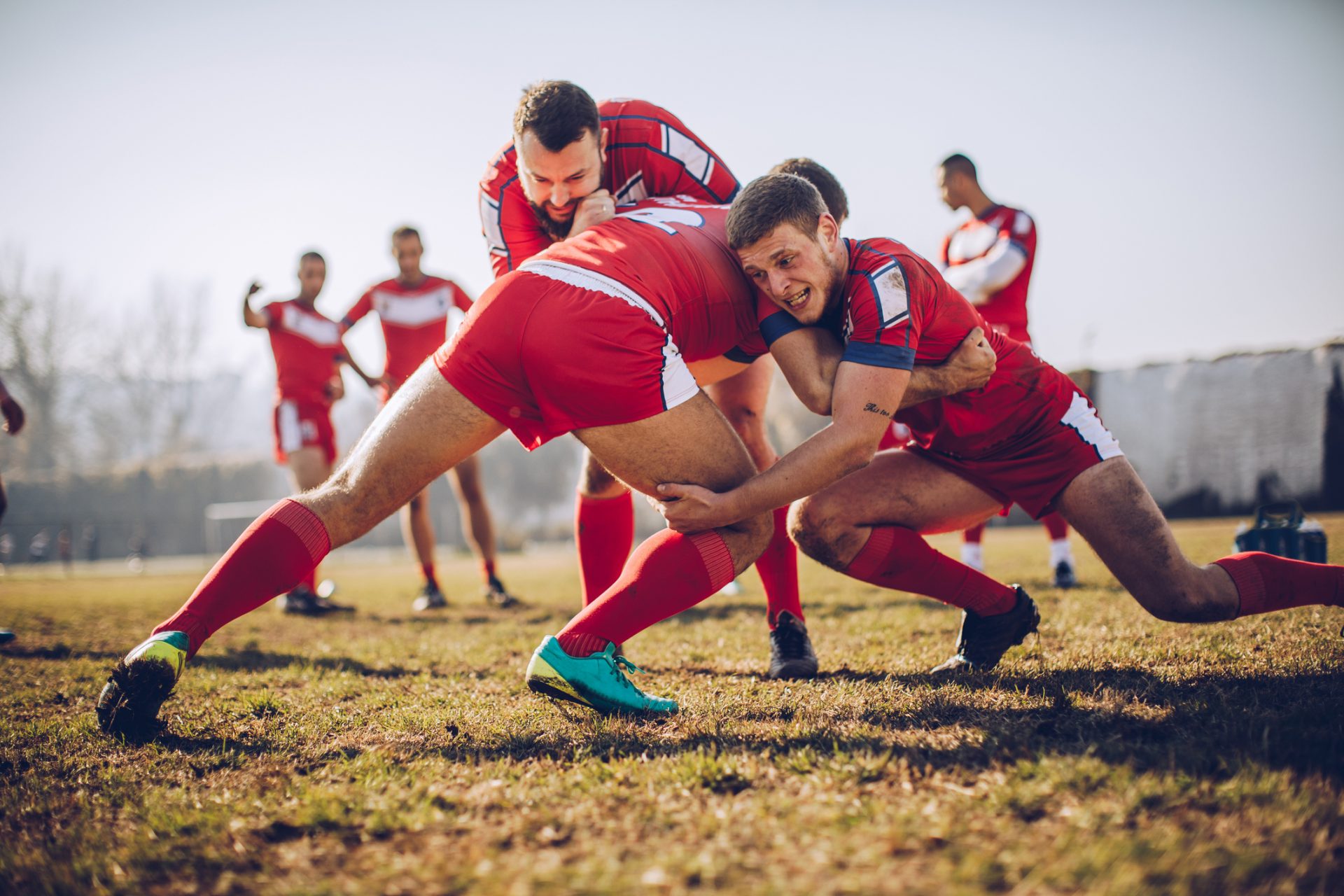Background on ACL injuries and management
ACL injuries are common acute knee injuries that occur in a wide range of sporting activities.
Commonly patients injure their ACL when running and changing direction or landing from a jump.
Often there is a report of a popping sensation in the knee followed by an immediate swelling response.
Sports with a higher incidence of ACL injury include AFL, netball, soccer, basketball and skiing.
In this blog, we will explore the historical and current management options for ACL injuries as well as some exciting new developments in this field.
Historical management and the current debate
Historically, ACL injuries in Australia have mainly been managed with surgical reconstruction followed by exercise rehabilitation.
In Scandinavian countries, we see a more conservative approach favouring exercise-only approaches to ACL rehabilitation.
The results of studies comparing ACL reconstruction with exercise versus exercise-only interventions over the last decade have led to a paradigm shift in the management guidelines.
Currently, there is still quite a bit of debate as to which approach should be utilised.
Two key randomised controlled trials the outcomes of these approaches are the KANON and the COMPARE trials.
The KANON study and the COMPARE study
The KANON study (2010) randomised 141 patients to receive either ACL reconstruction followed by exercise rehabilitation or exercise rehabilitation with the option of delayed ACL reconstruction. 37% of subjects allocated to the exercise rehab group later elected to undergo ACL surgery.
The COMPARE study (2021) randomised 167 patients to similar groups as the KANON study. In this study 50% of the patients allocated to the exercise-only group elected to have a delayed reconstruction.
Both studies had long follow-up periods and recorded knee pain and function between the groups.
The outcome measures from both studies showed that exercise-only management was not inferior to surgical reconstruction followed by exercise rehabilitation in patients with ACL injuries.
This clearly demonstrates there is a large proportion (> 50%) of people sustaining ACL injuries that can successfully return to sports with rehabilitation only.
Recent developments: Cross Bracing Protocol
Exciting recent developments in the sub-classification of ACL injuries have led to the use of bracing protocols to heal some ACL injuries without surgical reconstruction.
Dr Tom Cross and his team have pioneered the Cross Bracing Protocol.
This involves an initial period of immobilisation at 90 degrees knee flexion to approximate the ruptured ends of the ACL followed by a graduated increase in knee range of motion in a brace.
This approach is in its infancy but results thus far are very promising and show the ability of ACL injuries to heal.
This process avoids a second trauma of surgical reconstruction on the already injured knee. There will be more rigorous trials showing the long-term outcomes of this approach in the coming years.
Management options for ACL injuries
In summary, there are now three clear options to manage your ACL injury
- Exercise rehabilitation
- Bracing protocols followed by exercise rehabilitation; or
- Surgical reconstruction then exercise rehabilitation.
So which option is the best for you?
Some injuries require surgery due to significant meniscus injuries which results in an inability to straighten the knee and persistent swelling.
However, surgery results in secondary trauma to the knee and can be followed by other adverse events such as infection and deep vein thrombosis (DVT).
Furthermore, a range of studies highlights re-rupture rates of between 15 and 30% of people undergoing ACL surgery.
Bracing is contraindicated if you have a coexisting DVT or history of clotting disorders and is not appropriate for all ACL injuries.
Exercise-only approaches clearly do not work for everyone either as evidenced by the crossover of patients to delayed reconstruction in the trials noted above.
Tailoring management to the individual
Therefore, the management of ACL injuries should be tailored to each individual in a shared decision-making model with the patient informed of the benefits and risks of each approach.
This process will include information on the type of ACL injury sustained, concomitant knee injuries, your medical history and your personal preference.
Your team including your sports physician, physiotherapist and knee specialist will help you determine which approach is best given your unique set of circumstances.
Seeking professional advice at Lifecare clinics
Lifecare clinics are at the forefront of evidence-based medicine. Our therapists have extensive knowledge in the assessment and management of ACL injuries including the Cross Bracing Protocol.
Don’t hesitate to seek our professional advice if you have any acute or persistent knee injuries. Make a booking with Northern Sports Physiotherapy Clinic today – we are here to help!
Richard Brock, APA Titled Musculoskeletal Physiotherapist & Practice Principal


